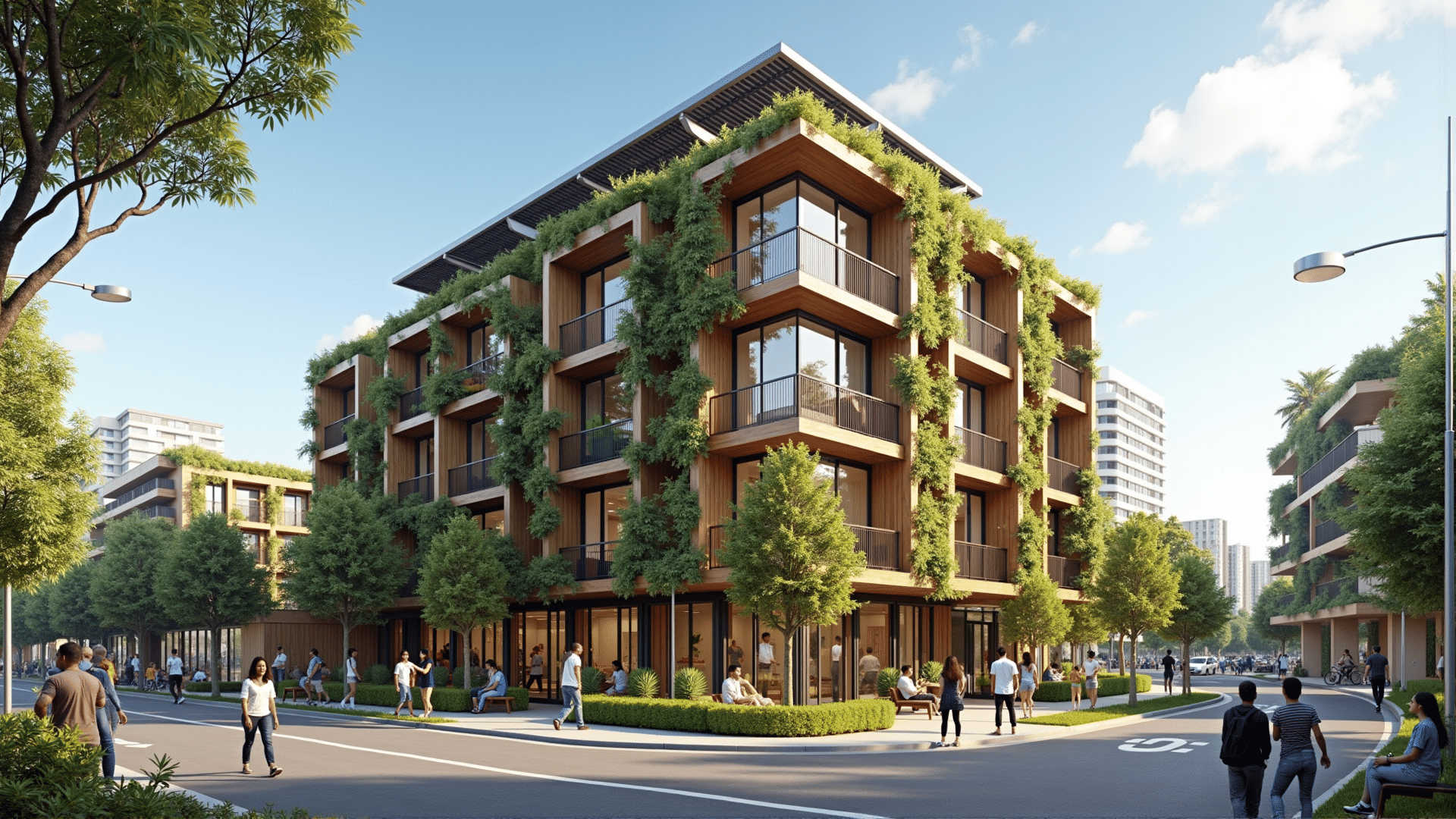Australia is making strides in sustainable architecture, setting an inspiring trend for eco-friendly building practices worldwide. As urban areas expand, the need for environmentally sensitive design has never been greater. Australian architects and builders are responding to this challenge with creativity and innovation, prioritizing materials and methods that minimize environmental impact and enhance energy efficiency.
One of the most notable aspects of this green architecture movement is the incorporation of natural, locally sourced materials. Using resources like timber from sustainably managed forests not only reduces the carbon footprint but also supports local economies. Moreover, these materials often have excellent thermal properties, which help maintain comfortable internal temperatures and reduce dependency on artificial heating and cooling.
Australia's commitment to sustainable architecture is also evident in its focus on energy efficiency. Modern Australian buildings are being designed to maximize natural light and ventilation, reducing the need for artificial lighting and air conditioning. Solar panels and rainwater harvesting systems are increasingly common, further reducing dependency on non-renewable resources.
In addition to these features, smart technology is being integrated into building designs. Automated systems that regulate lighting, temperature, and water usage ensure that energy use is optimized and waste is minimized. These technologies, combined with energy-efficient appliances and systems, contribute to significant reductions in the overall environmental impact of buildings.
Australia is also bridging the gap between urban living and nature by incorporating green spaces into architectural designs. From rooftop gardens to vertical forests, these green areas enhance biodiversity and provide essential habitats for urban wildlife. They also offer residents spaces to connect with nature, which can have a positive impact on mental and physical well-being.
As the world faces pressing environmental challenges, Australia’s approach to sustainable architecture serves as a model of how to harmonize urban living with environmental stewardship. The principles being adopted by Australian architects demonstrate a commitment to a sustainable future where innovation, eco-friendly materials, and energy efficiency go hand in hand. This movement not only benefits the environment but also sets the stage for a new standard of living that values and incorporates sustainability at its core.
